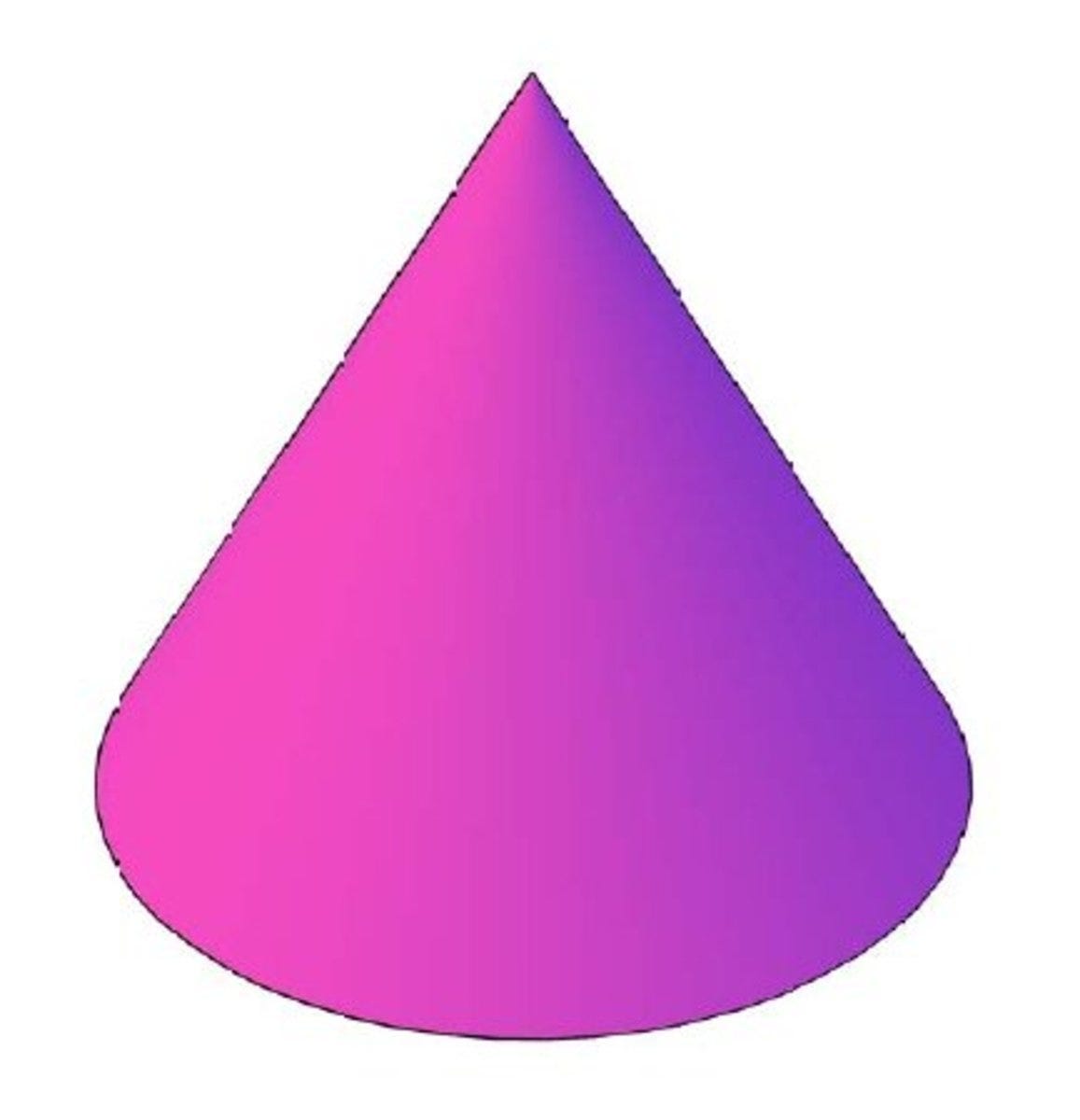Manifolds, explained intuitively
... an intuitive explanation of one of the key concepts in differential geometry.
One of the most fundamental concepts in modern math is that of a manifold.
Manifolds come up everywhere. Some notable examples: differential geometry, general relativity, machine learning, etc.
But the formal definition of a manifold is somewhat technical and unintuitive.
So in this issue, I wanted to explain what a manifold is intuitively.
Consider the planet Earth.
From our perspective, Earth looks flat. But in reality, Earth is round.
The only reason we think the Earth looks flat is because we are very small in comparison to the entire earth.
For this reason, we call Earth a “manifold”. This means: if you’re a small creature standing on the surface of Earth, it looks flat. But if you zoom out, Earth is not at all flat!
Now consider a torus.
As another example, consider a torus.
If you were a tiny ant living on the surface of a donut, from your perspective, the donut would look flat, even though the whole thing is curved. A donut is a manifold.
But what about a cone?
A cone is not a manifold. If you were an ant standing on the tip of the cone, would it look flat to you? No! It would be a sharp tip. Intuitively, the cone is not a manifold because it has a sharp point.
This works in any dimension.
So far, we’ve looked at 2-dimensions. But this works in any dimension.
Going one dimension lower, a circle is a manifold. If you zoom into any point on a circle, it looks “flat” like a straight line. Even though the circle is not a straight line!
The circle is a “1-dimensional manifold” because it looks like a curved version of 1-dimensional space.
The sphere and torus are both “2-dimensional manifolds” because they look like curved versions of 2-dimensional space.
In general, an “n-dimensional manifold” is a space that looks like a curved version of “n-dimensional space”.
More precisely, an n-dimensional manifold is a space where at any given point, if you zoom into that point enough, it “looks like” n-dimensional Euclidean space.
Problem of the Week
Here’s this week’s challenge problem:
Show that each number in the sequence
is a perfect square.
If you have a solution to this challenge problem, submit it here for a chance to be featured in the next issue of this newsletter.
Thanks for reading and happy learning! Until next time,
Adithya








Where’s the solution from last week’s problem?